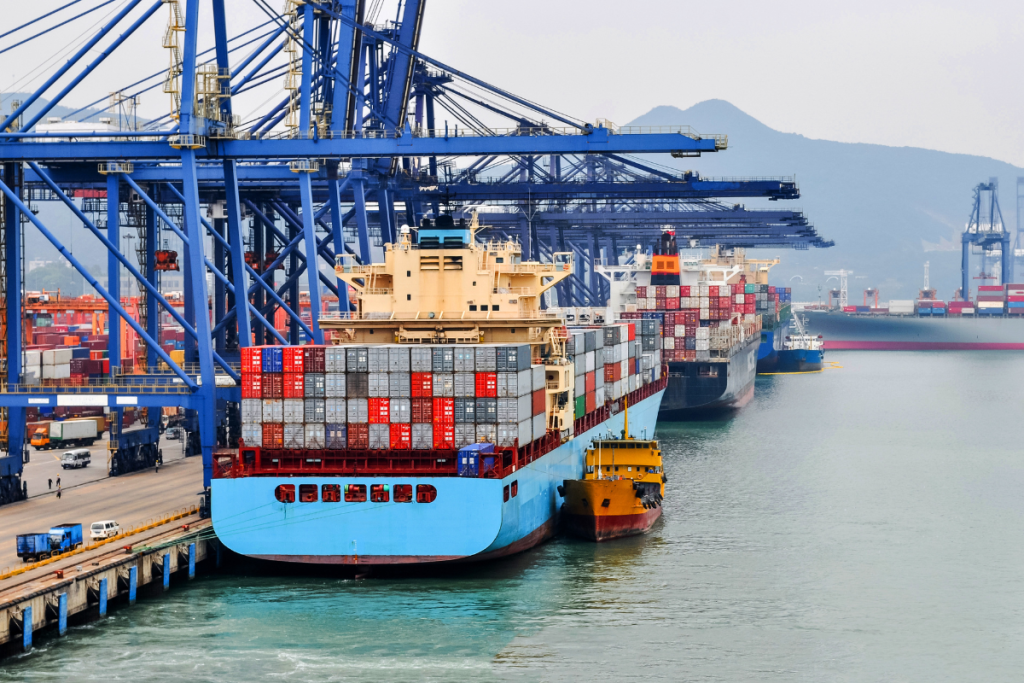From unplanned crane downtime to distracted driver incidents, Samsara’s Q1 results reveal how AI-powered insights, embedded OEM data, and real-world asset telemetry are reshaping operational risk management. The shift from passive monitoring to preventive intelligence is creating a new supply chain model, where uptime, safety, and asset longevity are orchestrated at scale.
The Maturity of Fleet Safety Intelligence
Driver-centric safety tech has matured from dash-cam alerts into a behavioral feedback loop that measurably lowers risk. Samsara’s AI-enabled platform helped a major propane distributor cut mobile phone use by 71% and reduce safety incidents by 75% during a pilot that has since expanded company-wide.
The platform’s AI flags collision risks, fatigue, and policy violations in real time. But what’s notable is the evolution from alerts to engagement. Gamified “streaks,” personalized recognition, and shared visibility tools aim to boost retention and safety simultaneously. According to a Samsara survey of 1,500 commercial drivers, 95% believe coaching improves driving habits.
For logistics leaders managing fleet risk, this signals a new reality: real-time behavioral intelligence, when paired with coaching workflows, can reduce insurance exposure and improve driver loyalty in one motion.
Sterling Crane’s $3M Lesson
Maintenance for heavy equipment has long followed a reactive model, fix it when it breaks. Samsara is pushing that approach toward prevention. Its platform processes data from assets covering more than 80 billion miles annually and digitizes 230 million inspections, turning routine diagnostics into early warning systems.
Sterling Crane, one of the world’s largest mobile crane operators, used Samsara’s tools to cut unplanned maintenance to 20% from 34%, saving $3 million and 10,000 technician hours a year. The software ranks faults by severity and automates work orders, helping crews act before breakdowns occur. With equipment lead times still long and capital budgets tight, extending asset life is as much about operational resilience as it is about cost.
OEM-Embedded Telematics
Samsara’s integrations with Stellantis, Rivian, and Hyundai Translead allow access to vehicle data without added hardware. This gives the company direct visibility into over 14 million vehicles and accelerates customer deployments by removing installation steps.
For procurement teams, the shift has long-term implications. Fleet connectivity is no longer an aftermarket decision, it’s being baked into OEM contracts. Sterling Crane, which manages one of the world’s largest mobile crane fleets, used Samsara’s system to reduce unplanned maintenance from 34% to 20%, saving $3 million annually and 10,000 technician hours. The platform triages faults, automates work orders, and extends asset life, key priorities as lead times for new equipment remain long and capital spending stays constrained.
Data Access Over Device Ownership
As connected vehicles become the default, companies will likely focus less on devices and more on data terms. Access to diagnostics, usage history, and battery health may carry more strategic value than upfront cost savings. With equipment replacement cycles slowing, the next advantage may come not from what’s bought, but from what’s known.



